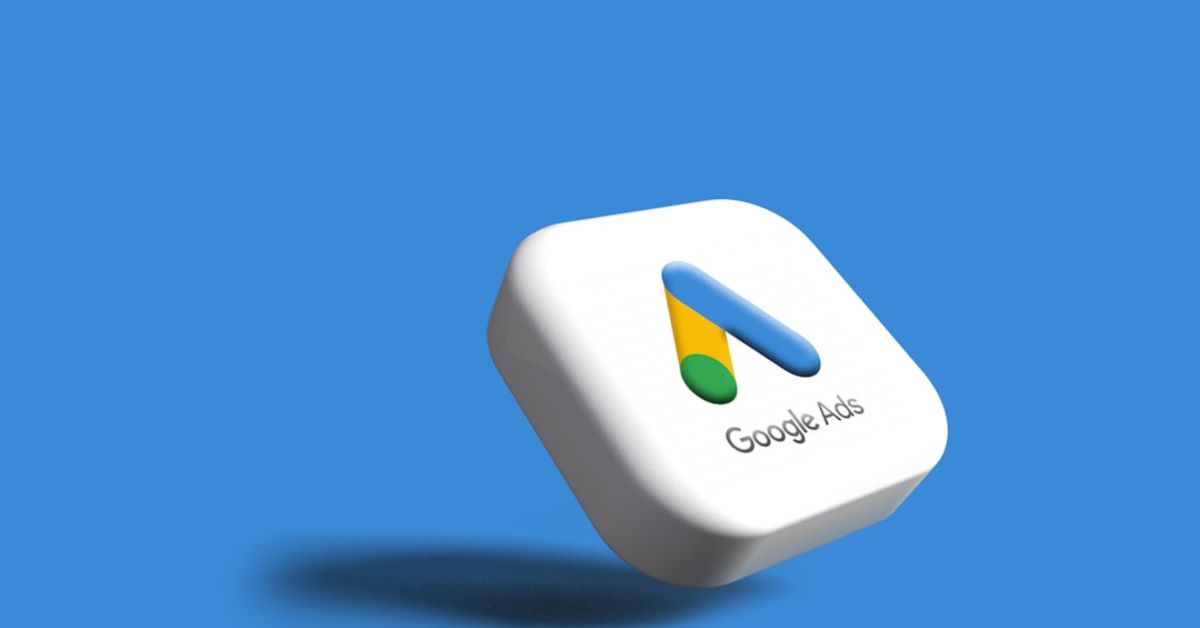
Google, the world’s largest and most widely used search engine, has a lot to offer businesses. And, as the scope of its services expanded over time, so did the possibility for growth. Since 2019, Google Discovery campaigns have enabled businesses to “reach up to 3 billion customers across Google’s feeds” using targeted, visual-rich ads. So, what can you do with Google Discovery campaigns, and how can you know whether you’re doing it correctly?
Table of Contents
ToggleWhat Are Google Discovery Ads?
Discovery advertisements are simply one type of ad style available on the Google Advertisements network. In the words of Google, “Discovery campaigns let you share your brand’s story with people across Google’s feeds when they’re open to discovering new products and services.”
Google Discovery Ads & Campaigns are meant to provide bottom-of-funnel content that converts customers who want to learn more about your services.
Google Discover Ads appear on the following services:
• YouTube Home and Watch Next streams.
• Gmail Promotions and Social Tabs
• Google Discover Feed
You do not have to create Google Discover Ads with separate campaigns for each platform. Once you’ve completed the setup, each discovery campaign will automatically display adverts for these services. “The biggest difference is the opportunity for engagement,” stated Cuyler Franzke, a Paid Media Director. “
Because Google understands the intent of their users based on their behavior, it allows them to find your audience and optimize ads in real-time to engage with them.” Create numerous formats for your advertising, including single-image, multi-image carousel, and optional lead forms, as they will be distributed across multiple providers. Google will then tailor your ad based on the service on which it is placed.
Discovery vs. Display Ads
As previously said, Google Discovery campaigns are simply one sort of ad format available on the search titan’s platform. Google Display advertisements are an extremely adaptable and popular ad style. Here are the differences between these two ad formats:
Here’s how these two ad formats differ from each other:
Intent:
Intent Discovery: Display advertising to users who are not actively searching but are checking material that is relevant to their interests.
Display: Display the ads to users across aps, websites, and platforms, often during or after searches or while consuming content.
Design:
Discovery: Ads are shown in a swipeable, natural style that blends in with Discover feeds, YouTube Home, and Gmail.
Display: Banners, photos, text, interactive, and video advertising appear in a variety of formats on websites, applications, and other platforms. Targeting Methods
Targeting Methods
Discovery: Displays appropriate advertising based on user activity, interests, and demographics rather than explicit keyword targeting.
Display: Use keywords, demographics, interests, and user behavior to display adverts on relevant web sites and applications.
Platforms
Discovery: Shown on the Gmail, YouTube, and Discover feeds on mobile devices.
Display: Display adverts on relevant web sites and applications based on keywords, demographics, interests, and user behavior.
While both are important for a brand’s demand generation marketing, they are tailored to achieve distinct goals, so understanding the intricacies of each format is critical.
How to Create Google Discovery Ads Campaigns?
Gather resources:
Images (logos, brand photos)
Set up your campaign:
- Go to your Google Ads account and click “Campaigns.”
- Click “New Campaign” and choose “Discovery.”
- Pick your goals (sales, leads, website traffic).
- Set your budget (daily budget recommended to be 10x your target cost-per-action).
- Choose your target audience (demographics, interests).
Create your ads:
- Make two ad types: single image and multi-image carousel.
- Include a strong image, clear headline (40 characters), short description (90 characters), and a call to action.
- Use high-quality images with minimum size requirements (varies by format).
3 Key Benefits of Google Discovery Ads for Demand Generation
1. Reach Tons of People:
Forget reaching everyone everywhere. Google’s apps (YouTube, Gmail, Discover) are HUGE and people use them all the time. Imagine showing your ads on these platforms! That’s the power of Google Discovery Ads.
2. Smart Targeting with Google’s Help:
No more guessing who to show your ads to. Google uses fancy AI to figure out who might be interested in your product and shows your ads to those people. Plus, Google can even target people in surprising ways you might not have thought of.
3. Works Great with Other Ads:
Think of your ads like a team. Google Discovery Ads can work with other Google Ads (like Display Network ads) to reach people at different times in their buying journey. For example, catch early interest with Display Network ads, then use Google Discovery Ads to target people who are already considering your product.
Teamwork makes the dream work (of getting more customers)!
Mastering Google Discovery Ads: 5 Easy Tips
Boost Your Demand Generation Marketing Today
So, how can you become a Google Discovery Ads specialist for these campaigns? These Google Discovery Ads recommended practices might be useful.
Tip 1: Great images matter.
Google suggests using high-quality picture assets for “better performance.” And, because Discovery campaigns are designed to be visual, feed-based experiences, you should concentrate on producing captivating graphics that persuade consumers to click.
In this context, quality implies two things:
- They provide value: The picture you use should be visually and conceptually related to your product or service.
- They are high-resolution, motivating, and brand-appropriate: Simply, your photographs should appear good and reflect the brand’s aesthetic.
Whether you collaborate with a demand-generating firm or run these campaigns on your own, excellent content should always be at the top of your priority when deciding which photos to use in your advertising.
Not only will you get amazing photographs, but also terrific text.
Franzke noted:
“All ads are dynamically created, but if you do not provide meaningful copy and eye-catching images, you are wasting your time.”
Tip #2: Repurpose for High-Intent Audiences
If you’re thinking about Google Discovery Ads campaigns, you’ve most certainly run previous campaigns before. That suggests you’ve already compiled a mature database of target audiences.
The benefit of Discovery advertisements is that they are optimized for high-converting and high-intent prospects.
Being goal-oriented in terms of reach and conversions is also important for your campaign’s success.
“You need to tell Google what you want,” explained Franzke.
Who do you intend to target? What do you want to achieve?
Answering these questions will assist your team in developing goals and objectives to better understand your clients’ demands.
Tip #3: Be Patient with Your Ads
Learning is an essential element of the process, even with AI-powered Google Discovery ad targeting. This means that your adverts will show performance disparities for two weeks before yielding solid results.
During this phase, Google will call your campaign “Learning” while it adapts and determines the optimal audience for your advertising. It’s ideal to give your Learning campaign two weeks before implementing any bidding modifications.
Tip 4: Always be ethical.
Harmful ads might be rejected, resulting in losses to your campaigns and marketing budget. To avoid this, you must remain in Google’s good graces.
Here are a few things to remember:
- You cannot include inappropriate content such as sexually provocative items, invasive surgical procedures, or generally uncomfortable information.
- The depiction of bad events such as death, divorce, and violence is strictly banned.
- Matchmaking and dating services cannot undertake Discovery marketing.
- Any implied interactivity inside commercials, such as a Play Now button or a Call Me message, will be reported as inappropriate.
- Offensive languages are prohibited.
- Unclear language and text layout are also prohibited in Discovery advertising.
These standards safeguard the readers and users of Google’s services. One excellent rule of thumb is to provide a seamless, safe, and enjoyable user experience. This implies you should reconsider your strategy if your information is harmful, misleading, or causes discomfort.
Tip 5: This is just another campaign.
While Discovery advertisements are effective for increasing awareness and conversions, they are not your only ad type option.
“It is a great strategy to work into your portfolio but is a shot in the dark if you run it in isolation,” Franzke told me.
Building it into a funnel, rather than a silo, is a better approach. Remember that while building any campaign, whether for Discovery or search, you are still attempting to get individuals closer to your end objective.
Are you tired of feeling overwhelmed by the complexity of Google Discovery Ads? Whether you’re a seasoned marketer or just starting out, understanding the ins and outs of different ad types and services is crucial for staying ahead in the game. In this guide, we’ll focus on one powerful tool in particular – Discovery campaigns. Whether you need a quick refresher or a comprehensive overview, consider this your go-to reference.
However, we get it – not everyone has the time or expertise to become a Google Discovery Ads specialist. That’s where partnering with a demand-generating agency like Groww can make all the difference. Imagine having a dedicated team with a proven track record across various sectors, creating tailored sponsored and organic campaigns that not only boost visibility but also generate sustainable leads and transactions.
If the idea of managing Google Discovery Ads seems like too much work, let Groww handle the heavy lifting for you. Explore the world of possibilities without the hassle, and let your brand thrive with effective and efficient advertising strategies.
- Share
